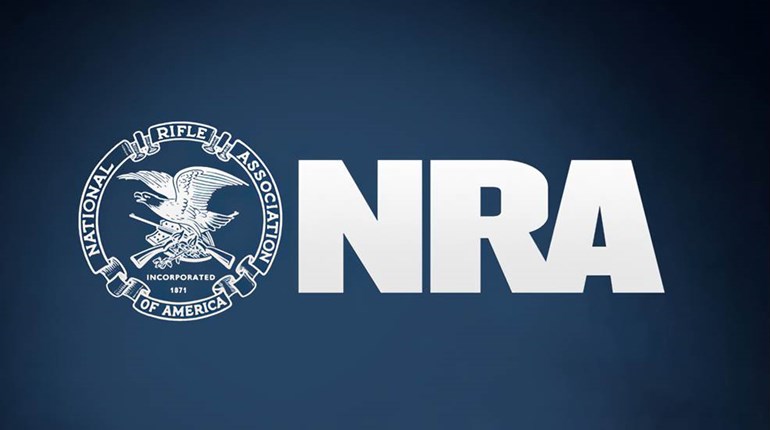
Polls can be fickle, and what they tell you often depends on who is doing the polling and how the poll itself is designed. That’s why, when it comes to election polling, I strongly believe in the axiom that the only poll that matters is the one on Election Day. As we know, few polls, if any, accurately foresaw the resounding victory of President Donald Trump last Nov. 5.
Similarly, when it comes to polling Americans on guns, I always caution that the claimed results do not necessarily reflect an accurate view on where this country stands on gun control and the Second Amendment. But that’s not to say we cannot glean useful information from such polls.
Gallup, one of the oldest polling operations, has been asking Americans for their views on firearms since the 1950s, when it started asking if there should be “a law which would forbid the possession” of “pistols and revolvers.” In 1959, support for such a law hit its apex at 60%.
Today, Gallup’s most recent survey shows support for banning the possession of handguns at 20%, a statistical tie with the lowest level of support over more than 60 years of polling. The pollster notes that a large shift among Democrats has led that group to a historically low 33% supporting a ban.
Asking if someone supports banning handguns is a pretty straightforward question. Clearly, Americans do not want them banned, but what about other guns?
Well, that’s not nearly as clear.
The same Gallup poll asked about support for banning “semi-automatic guns, known as assault rifles.” A bare majority, 52%, supported such a ban, with 47% opposing it. That support is down from 61% in 2019, so that is a positive trend. But you readers see an obvious flaw with the question.
“Assault rifles” and semi-automatic guns are in no way synonymous. An “assault rifle,” if any gun should be termed as such, would be capable of fully automatic fire. What anti-gun extremists keep demanding be banned are so-called “assault weapons,” sometimes referred to as “military-style firearms.” This “class” of firearms was invented by gun-control lobbyists and has no true definition, although it generally includes only semi-automatic firearms.
This is the problem with seeking the public’s opinion on issues that are often too complex or nuanced for standard polling models. In this case, how can you truly know what the respondents support or oppose if you are not asking questions correctly, or if the people being asked the question do not have accurate knowledge about the subject being polled?
In other words, if you don’t know what, definitionally, such a ban would entail, how can you say you support it?
Some anti-gun activists have included semi-automatic handguns as so-called “assault weapons,” but if only 20% of Americans support handgun bans, it makes no sense that 52% would still support banning handguns that are misleadingly classified as “assault weapons.” So, take polling on “assault rifles,” “assault weapons,” “military-style firearms” or any other nebulous, undefinable class of firearms with a huge grain of salt.
This poll also asks whether “laws covering the sale of firearms should be made more strict, less strict or kept as they are now?” That is a very simplistic question for a rather complex subject. Outside the scope of NRA members and others who are deeply involved in the gun-rights movement, most people have no detailed understanding of what laws are in place regulating the sale of firearms.
The poll indicated 56% wanted the laws to be “more strict,” 33% wanted the laws kept the same and 10% wanted the laws “less strict.” But that’s all relatively meaningless. If a respondent does not know what laws are in place now, how can he or she call for laws that are more or less strict?
Many people outside of gun owners are simply unaware that every firearm purchased from a licensed gun dealer in America is subject to a background check. Others who are aware of the background-check requirement falsely think that the check is no longer required if the sale takes place at a gun show. And there are likely a vast majority of people who have no idea that it is a felony offense to purchase a firearm for an individual who is statutorily prohibited from acquiring or possessing a gun.
And that’s just a few of the myriad laws currently in place that regulate the sale of guns. I won’t delve into more complex matters, such as the list of people prohibited from purchasing firearms or the confusing issue of “red-flag” laws.
Ultimately, polling can be useful, but only if done accurately, and if those polled are knowledgeable about the subject.
































